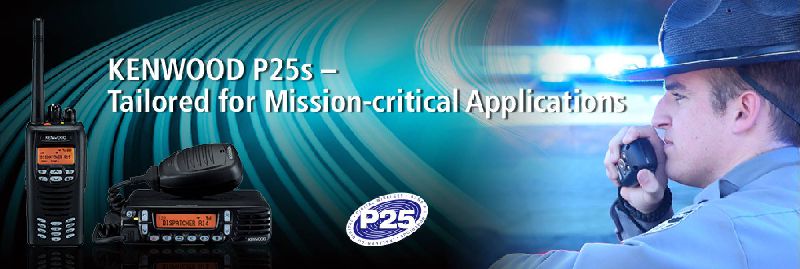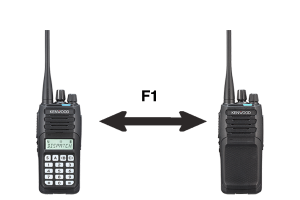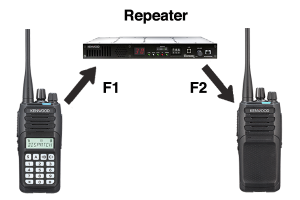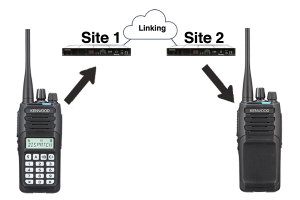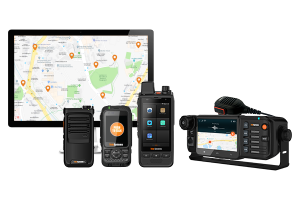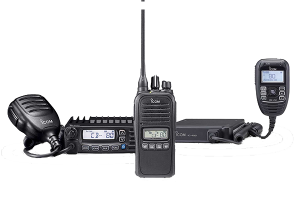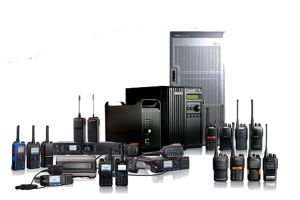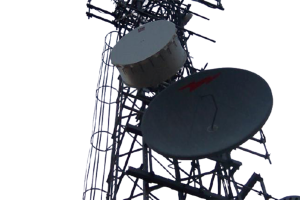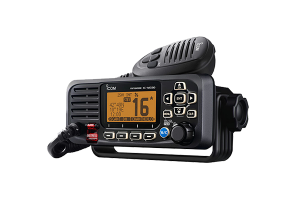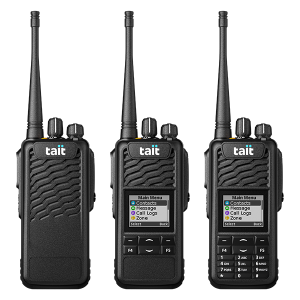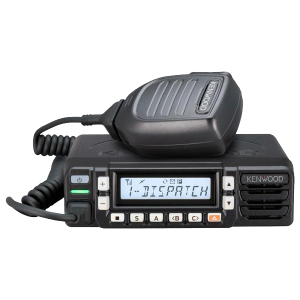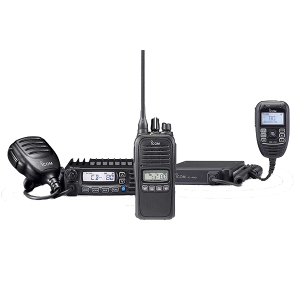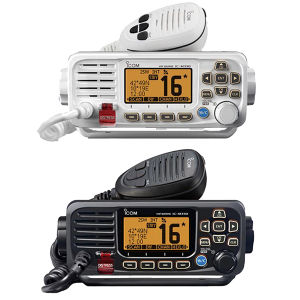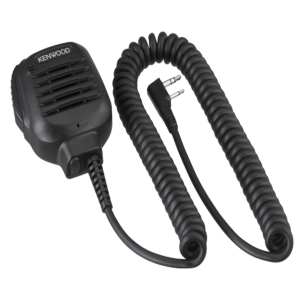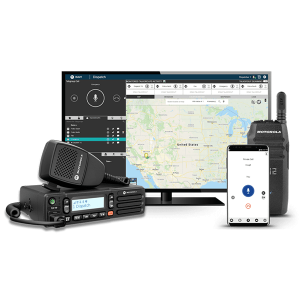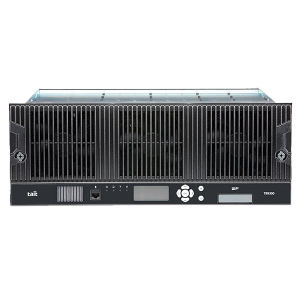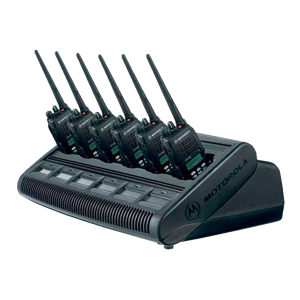Ondacomms
Two-Way Radio Communications
Two-Way Radio Communications is the back bone of many modern businesses and industries. Two-way radios for many years have provided a quick and reliable communications platform that can be
independent of other infrastructure or part of a larger network. For 1-to-1 and 1-to-Many voice communications at the push of a button you cannot go past a Two-Way Radio solution.
Modem Two-Way radios still provide instant reliable communications along with an array of safety features, system management, data and recording.
Ondacomms can design, supply and install a Two-Way radio solution to meet your organisations needs and size.
Please Contact Ondacomms for more information or a quote.





